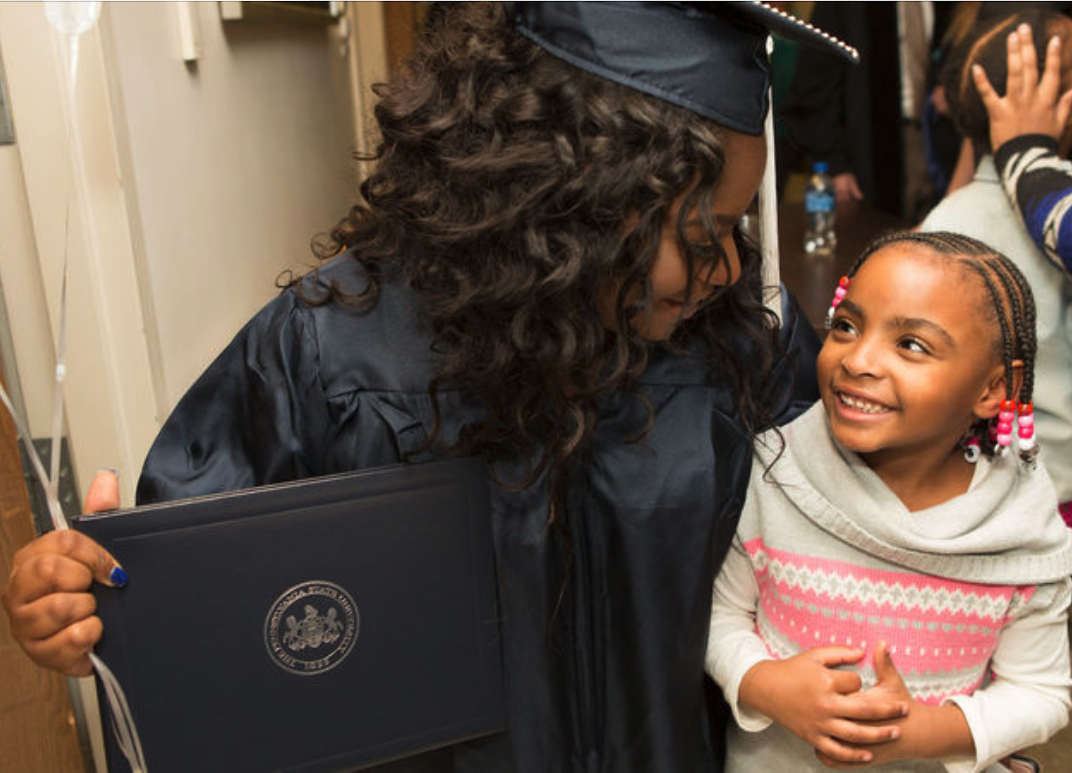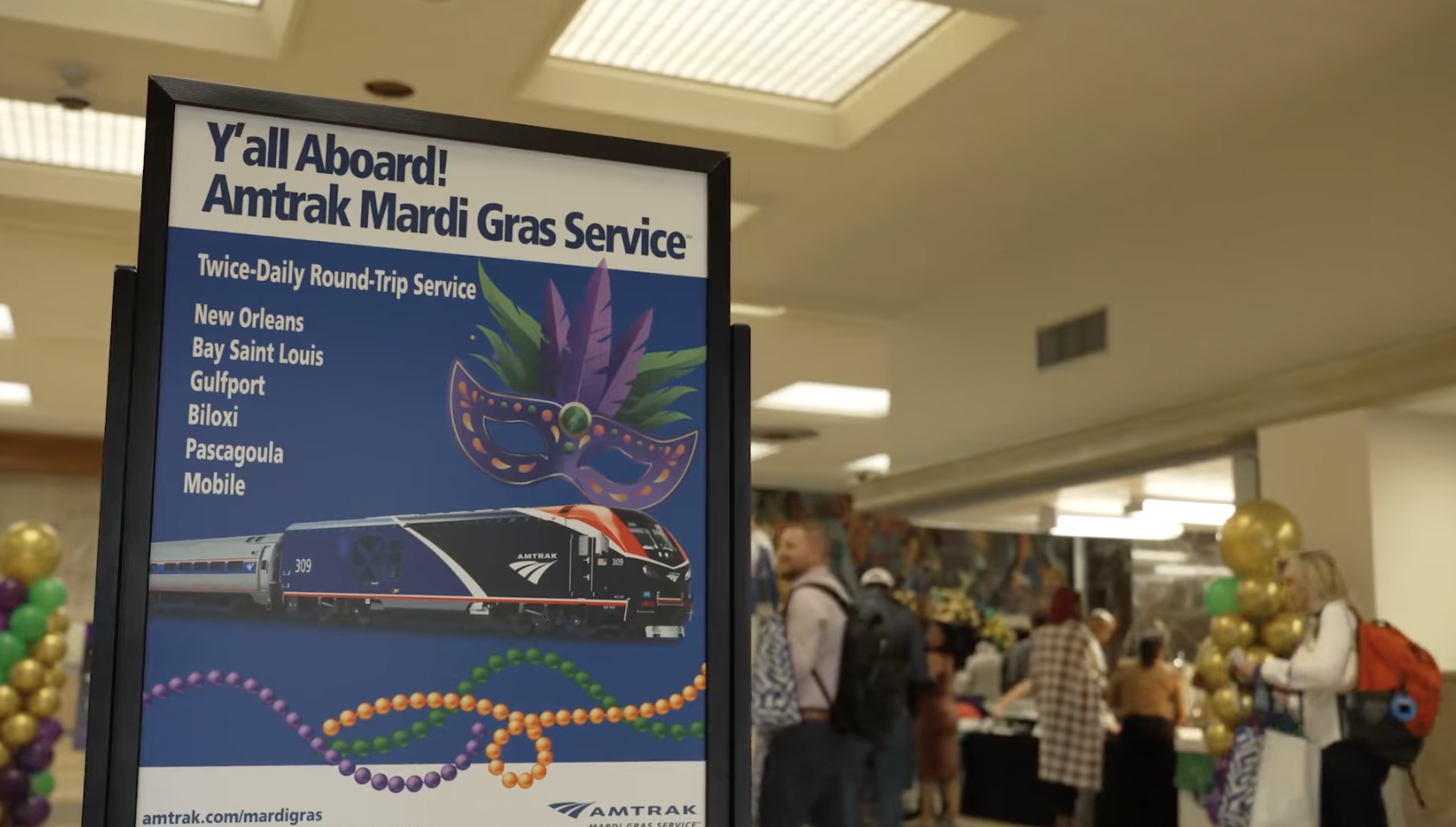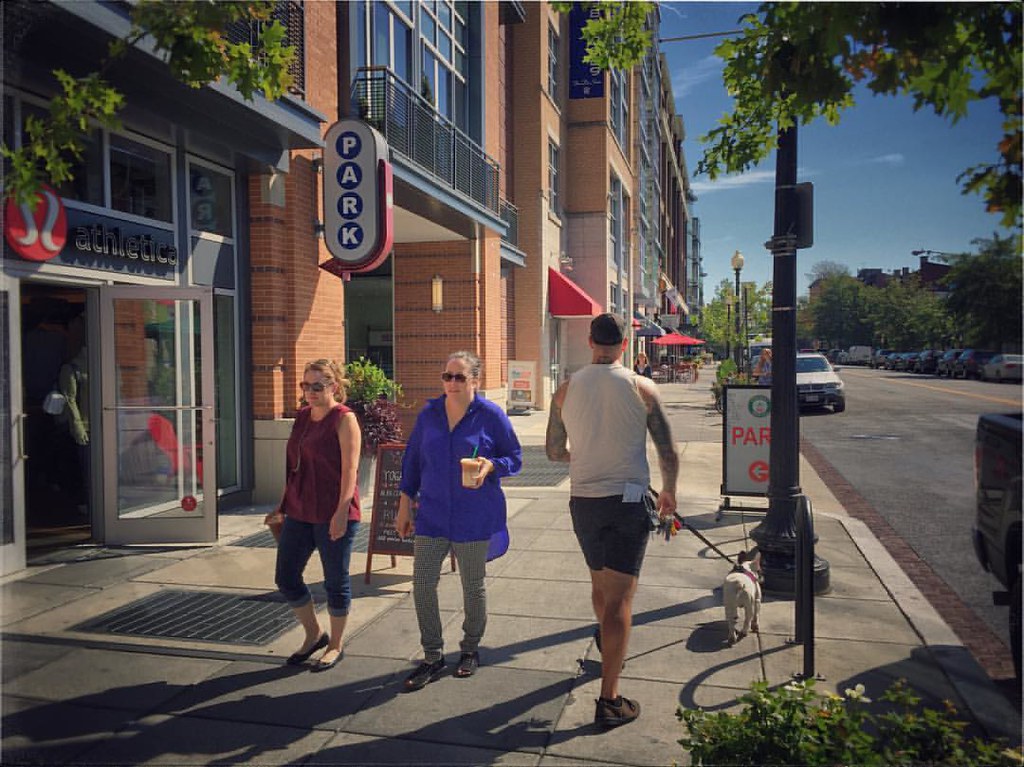One in five U.S. college students are also parents with children of their own — and in many cases, a single unexpected expense can be enough to force them to drop out before they earn their degrees. And too often, that emergency comes in the form of a transportation challenge like a cancelled bus route or a flat tire that keeps them from ever reaching the classroom.
To honor of Mother's Day and Father's Day on The Brake, we're talking to Abigail Seldin of Scholarship America about the 3.8 million students who are earning degrees while raising families, and how they're helping them access the emergency funds they need to keep moving towards their higher education dreams. Along the way, we revisit Seldin's past work on the challenges of getting students of all ages to class in a car dependent country, and explore why the "safe routes to school" movement tends to stop around 12th grade.
Listen below, visit their site to donate and learn more about the stories of the parent-scholars whose lives they've already helped.
The following excerpt has been edited for clarity and length.
Streetsblog: Maybe you could just help me frame the problem: About how many parents in the US are also getting a degree, even as they're raising kids, and what kind of challenges or even emergencies might they face just making it to the classroom, even before they step foot in the door?
Seldin: Absolutely, and thanks for the opportunity to talk about this. Parents do so much for all of us, and it's nice to get to celebrate this new facet of the American parenting experience here in the Mother's Day to Father's Day season.
So today, though we don't often talk about it, 3.8 million Americans are going to college while also raising children, and the overwhelming majority of them are also working. Most of these folks are in community college, and they are juggling a lot. When we think about what a traditional student looks like and how college is designed, we don't often think about somebody who's trying to do a daycare drop and pay a daycare bill, as well as go to work and figure out how to pay rent.
So I have the privilege of serving as the chief growth officer at Scholarship America. We are the largest administrator of private scholarships in the United States. We're a nonprofit making more than 100,000 awards each year to students in all 50 states, giving away more than $300 million altogether last year, and we're really focused on removing financial barriers to post secondary success. Most of our programs are open to students in community and technical college as well as four year students. So we really have, I think, a special role in the ecosystem, and a special responsibility to identify students who may need extra assistance.
Students who happen to also be parents, as well as working — as well as, of course, managing school — falls squarely in the section of students who we'd like to make sure we're serving effectively. [We also want to] guide the public to know that they exist, and that they are doing well in school — but may need a little extra support financially.
Streetsblog: How common is that the emergency need that a parent is encountering — the one that's really the barrier of getting them to the classroom — is a transportation challenge? How big do transportation challenges loom in the journey to a degree? And do you think we talk about it enough?
Seldin: Well, I'm grateful that Streetsblog talks about it a lot, and it's been a privilege to talk with you guys about the barriers for all students, not just parents, in getting to college.
We know from a study that I was privileged to lead with the Civic Mapping Initiative that only 57 percent of community colleges have a bus stop within walking distance. And so if we ground ourselves in that fact, that means that for student to get to campus, they often have some baseline transportation challenges — and, of course, that doesn't even take into account schedules and costs.
We just wrapped up running a pilot program for the student parent emergency scholarship fund in Texas and in New Hampshire, and what we saw across the student/parents whom we awarded [grants] this spring was that 47 percent of them cited transportation as being an emergency concern for them — meaning that solving their transportation issue was the difference between them staying in school and needing to drop out.






